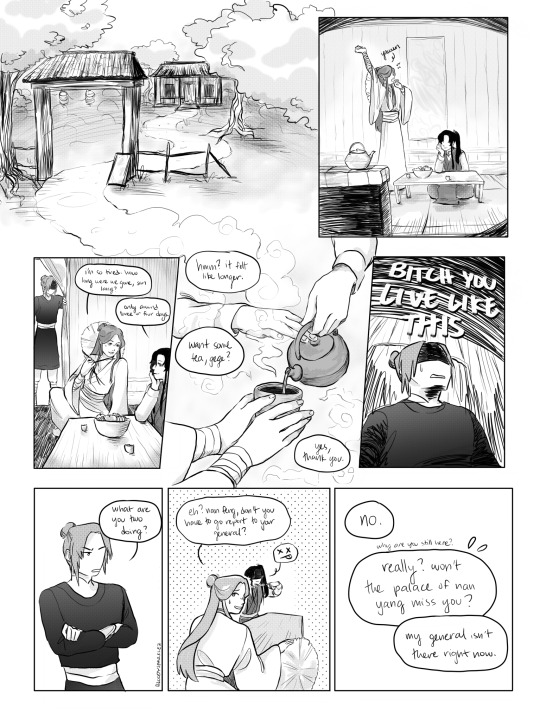#i refuse to acknowledge past mistakes and so i got more than 3/4ths of the way through this thing without reading the og scene at all. so.
Explore tagged Tumblr posts
Text


i redrew one of my favorite scenes from the novel! they're literally so silly. it's comedy central out here in puqi shrine
#tgcf#heaven official's blessing#xie lian#hua cheng#nan feng#tgcf comic#tgcf fanart#me 🤝 hua cheng: liking it when xie lian is mean#i just love that xie lian knows his cooking is bad and actively weaponizes it against ppl lmao#this is from the end of ch 29 (of whichever fan tl i found) btw!#i refuse to acknowledge past mistakes and so i got more than 3/4ths of the way through this thing without reading the og scene at all. so.#<- has done this before and ended up making huge lore-related errors#also im gonna take this opportunity to complain: hands are so fucking hard wtf. i used references for that closeup and it STILL killed me#i looked at my thumbnails while inking and put my head in my hands
167 notes
·
View notes